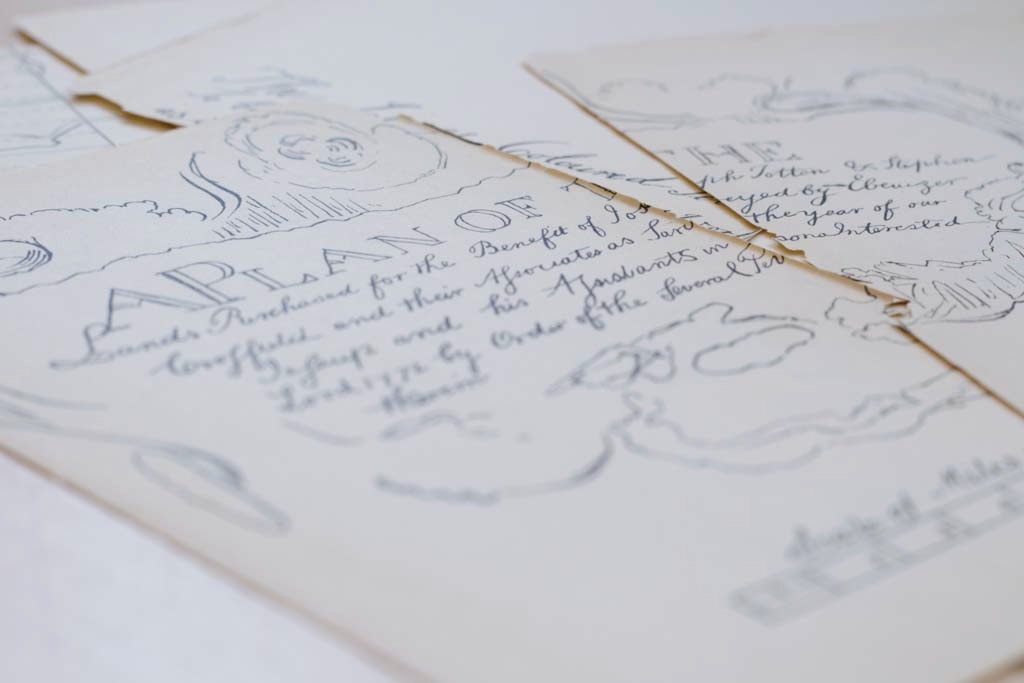
Summer Research Fellowships
Publication Date
2014
Language
English
Abstract
What defines place? Typically, people, history, resources and geography comprise the identity of a location, such that visitors can glean a tenable sense of the culture. In contrast, the Adirondacks yields a multitude of identities and definitions, as its extensive and eclectic history dilutes a clear depiction of the place as a singular entity. In fact, its dualities consistently challenge itself, whether insider versus outsider legislative pressure, development versus preservation, or public versus private, the Adirondack region encapsulates contradiction. For this reason, the definition of ‘wilderness’ has undergone innumerable changes in turn with perception, leading to incessant battles over the land use of the Forest Preserve. Because the term ‘wilderness’ lacked an explicit definition, land in the Adirondacks could be manipulated for the individual perception of wilderness, as legislative mandates and decisions did not supply a concrete interpretation of the land use of ‘wilderness.’ Understanding the diversity of perspectives, therefore, provides the secret to the identity of the
Adirondack Park. Looking at the work of two prominent citizen conservationists, John S. Apperson and Paul Schaefer, I will explore the value of preserving land in its natural state for future generations to enjoy. On the other hand, legislative mandates ultimately shape the actions of the citizenry, so understanding the history of those decisions and the evolution of the concept ‘wilderness’ helps to explain the everlasting discussion of land use. Finally, evaluating the current perspectives on ‘wilderness’ requires an investigation of the current Adirondack discussion which I will analyze through the exploits of Adirondack Wild, the Association of Adirondack Towns and Villages, the Sierra Club Atlantic Chapter and the Adirondack Landowners Association. While these groups represent a few of the different interests for the use of the Park’s land, they are a small portion of the multitude of groups involved in the ongoing debate. In entirety, these differing people, organizations and systems contribute to a collective definition of ‘wilderness’ and the resulting use of land, revealing a dynamic and conflicting battle.
Recommended Citation
Olio, David, "Wilderness: The Engine of Change" (2014). Summer Research Fellowships. 6.
https://digitalworks.union.edu/summerfellowships/6


